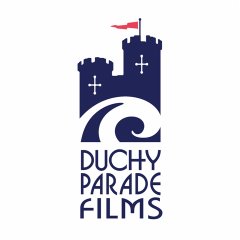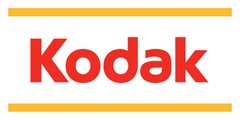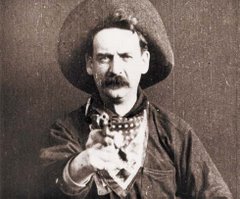 This Sunday we screen our very first film tests! With mobile phones and videos we are used to instantly creating movies. With film, the process is longer and a little more complicated.
This Sunday we screen our very first film tests! With mobile phones and videos we are used to instantly creating movies. With film, the process is longer and a little more complicated.Here's how it was done.
After filming the tests using black and white film from our sponsors at Kodak, the films needed to be developed. We are using 2 different black and white film stocks. Kodak PlusX (pictured below) dates all the way back to 1938, so we are really are using historical film to make an historical film! It's still a favourite with professionals today.
From Goole, the films went all the way to the London and the film labs at no.w.here, a cultural centre for artist film and video production. James Holcombe developed them, by
hand, in a darkroom - just the way they would have been in the early 1900's!
At this stage, we have a developed camera negative, but that's not the end of the process. Because we are using reversal film stock, the film is still in a negative format as you can see below.

The next stage is to create a master positive from the negative and bring it into a digital environment so we can view the film on DVD. Up to this point, we've shot, processed and developed our film the same way filmmakers have for the last 100 years. That's pretty amazing!
Darren Everitt at My Bear Productions in Harrogate kindly transferred the films to digital video by filming the projected film footage in a process called tele-cine. Finally, I assembled the three reels of film in Premiere and mastered them to DVD. For our film, this part of the process will get even more involved to ensure we retain the very best possible quality from the original film print.

Only then is it ready for screening at the National Media Museum.











No comments:
Post a Comment